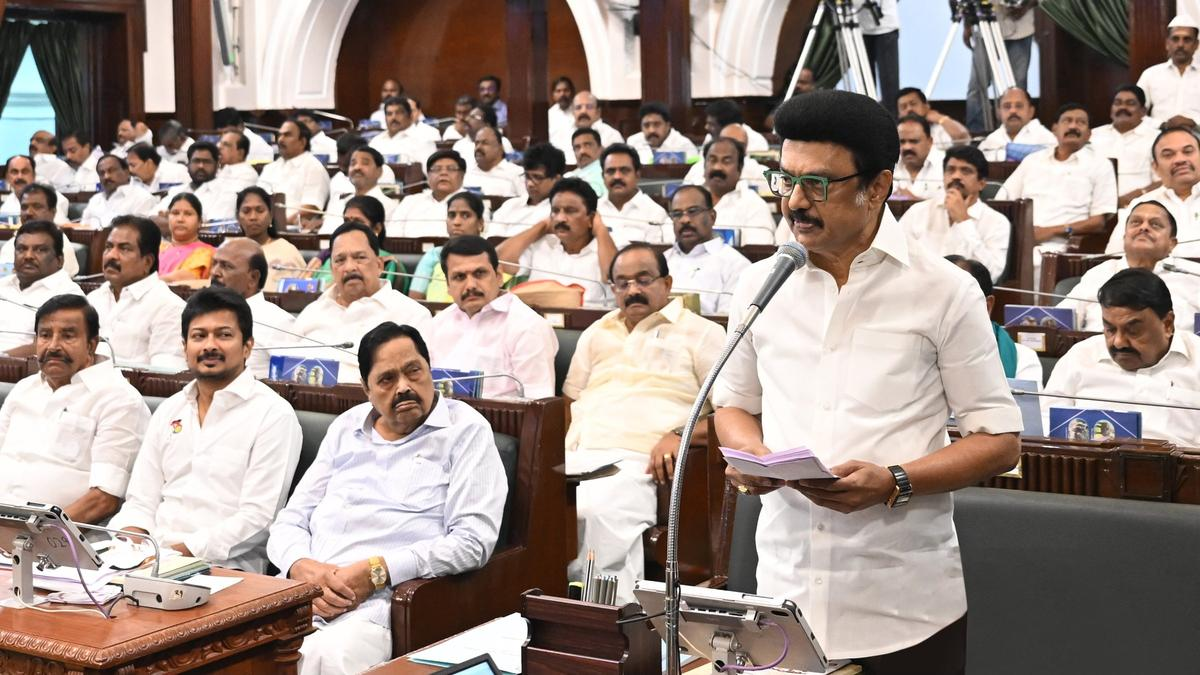Description

Copyright infringement not intended
Picture Courtesy: https://www.washingtonpost.com/world/2024/10/12/unifil-un-peacekeeping-what-is-force-lebanon-united-nations/
Context:
The members of the United Nations Interim Force in Lebanon (UNIFIL) were injured when an Israeli tank fired on one of their observation towers.
About the United Nations Interim Force in Lebanon (UNIFIL)
- It is a UN peacekeeping mission established in 1978 to maintain stability along the border between Lebanon and Israel.
- It consists of over 10,000 military and civilian personnel from various countries.
- They monitor the Blue Line; a 121-kilometre stretch marking the border between Lebanon and Israel.
- Recently, two members of the UNIFIL were injured when an Israeli tank fired on one of their observation towers.
-
- Israel has expressed concerns about Hezbollah launching rockets from near UNIFIL positions, leading to calls for the peacekeepers to relocate.
- However, UNIFIL has refused to move, believing it must stay to carry out its mission.

About The United Nations Peacekeepers
- United Nations Peacekeepers, also referred to as “Blue Helmets” or “Blue Berets” due to their unique helmet, play a critical role in maintaining international peace and security.
- The idea of UN peacekeeping originated during the early years of the United Nations. The first mission was launched in 1948 when the UN deployed military observers to monitor the Armistice Agreement in the Middle East between Israel and Arab countries.
- Over the decades, peacekeeping has evolved from simple monitoring missions to complex operations that include military, police, and civilian components.
- UN peacekeepers are deployed to ensure peace and security, aid in the implementation of peace agreements, and support the rebuilding of societies emerging from conflict.
- Their tasks include monitoring ceasefires, protecting civilians, disarming ex-combatants, supporting the organization of elections, and promoting human rights and the rule of law.
- Peacekeeping forces include soldiers, police officers, and civilian personnel from various countries. As of 2024, there are approximately 81,820 active personnel involved in peacekeeping missions. Bangladesh contributes the most of any country. Nepal contributed the second most personnel, followed by India.
- The Department of Peace Operations supervises these missions and is headed by the Under-Secretary-General for Peacekeeping Operations.
3 Main Principles of the United Nations (UN) Peacekeeping
- Consent of the Parties, all the parties involved in the conflict must consent to let the peacekeepers come and help.
- Impartiality, peacekeepers must treat everyone fairly. They can’t take sides with one group or the other. But this doesn’t mean they ignore bad behaviour. If one side breaks the peace agreement, the peacekeepers will step in and try to stop it.
- Non-use of Force, peacekeepers don’t use violence unless someone attacks them, they can defend themselves, and they can also use force to protect the peace agreement they’re there to uphold.
UN Peacekeepers and Role of India
- India began its participation in UN peacekeeping missions in 1950 with the deployment of the 60th Indian Field Ambulance to Korea during the Korean War. Since then, India has participated in nearly 50 UN peacekeeping missions established around the world.
- As of 2023, India is the third-largest troop contributor to UN peacekeeping missions, with approximately 6,097 personnel deployed across various missions.
- Indian peacekeepers are currently serving in missions in the Democratic Republic of Congo (MONUSCO), South Sudan (UNMISS), Lebanon (UNIFIL), and several other locations.
- In 2007, India sent the first all-female Formed Police Unit to Liberia, which was highly praised for its role in maintaining peace and security.
|
Concerns
- Peacekeepers work in highly volatile environments, facing threats from armed groups and sometimes becoming targets themselves.
- The effectiveness of peacekeeping missions can be hampered by limited resources, lack of political support, and complex local dynamics.
Significance
- Peacekeeping missions played a noteworthy role in reducing violence and promoting peace processes in various conflict zones.
- Peacekeepers provide critical support in delivering humanitarian aid and rebuilding war-torn societies.
Way Forward
- The UN needs to continue to work on improving the effectiveness and efficiency of peacekeeping operations through various reforms, including better training, stronger mandates, and enhanced cooperation with regional organizations.
- The use of technology, such as drones and advanced communication systems, is being explored to enhance the capabilities of peacekeeping missions.
Must Read Articles:
Israel-Hezbollah conflict
UN Peacekeepers
Source:
Indian Express
Wikipedia

|
PRACTICE QUESTION
Q.Consider the following statements in the context of the UN Peacekeeping missions:
1. They are mainly funded by member states.
2. Peacekeepers can engage in combat operations.
3. They require the consent of the host country.
Which of the statements are correct?
A) 1 and 2
B) 1 and 3
C) 2 and 3
D) 1, 2 and 3
Answer: B
Explanation:
Statement 1 is correct:
UN peacekeeping operations are funded by contributions from UN member states, the budget is approved by the UN General Assembly.
Statement 2 is incorrect:
UN peacekeepers are generally deployed to maintain peace, they are authorized to use force in self-defense. They do not engage in offensive combat operations.
Statement 3 is correct:
The fundamental principle of UN peacekeeping is the consent of the parties involved, including the host country. It is critical for the legitimacy and effectiveness of the mission.
|















